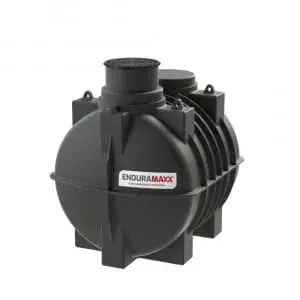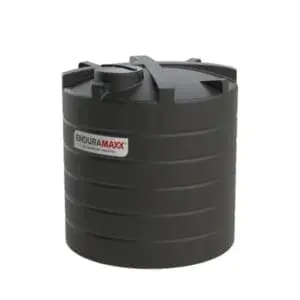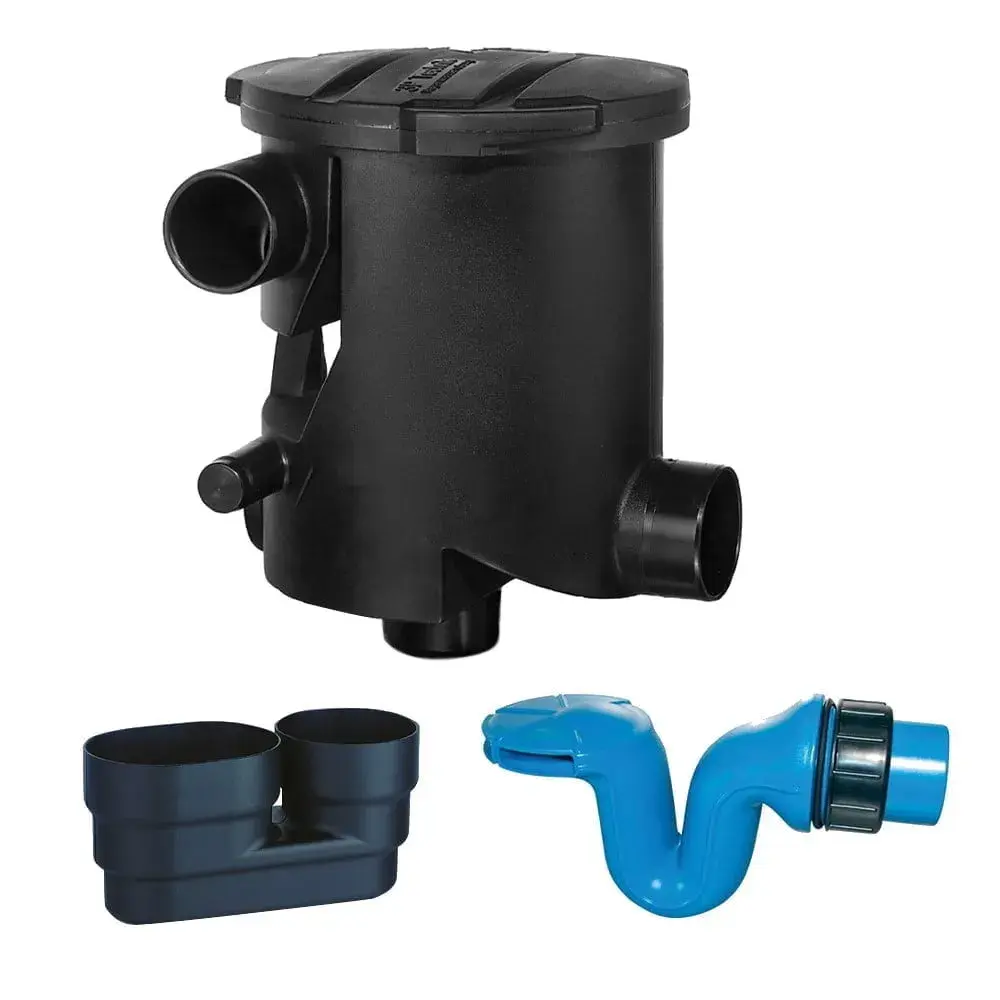Mixers & Mixing Terms is a key operation for many processes – it’s a necessity when two or more ingredients must be blended. Below is a brief overview of commonly used terms used mixing and agitating.
Mixers & Mixing Terms
Mixing – The generic mixers & mixing terms for the operation encompassing all the variations that follow.
Agitating – Typically defined as a low-speed blending operation with turbine type blades or paddles
Axel Flow – The moment of fluid in a tank which generally moves the free top to the t bottom of a vessel.
Baffle – Stationary plates on the tank wall to prevent liquid swirl and create a vertical flow
Blend Time – The time taken to blend the vessels contents dependent on the viscosity of the material
Blending – Mixing or agitating two or more miscible liquids of similar viscosity (or solids only) and density, often done inside a vertical helical screw blender.
Density – The mass per unit of volume of a substance
Dissolving – There the dissolution of a solid in a liquid is necessary, as with salt or sugar solutions. High shear techniques are required when other solids ie ingredients may block dissolution of the primary solid or when faster dissolution would be beneficial.
Dispersing – The action of scattering immiscible particles, droplets or gas bubbles in a matrix liquid. The results can properly be called dispersions, but more often they are given more specific names:
Emulsion – A fine dispersion of minute droplets of one liquid in another in which it is not soluble or miscible.
Flocculation – The process by which fine particulates are caused to clump together into a floc. The floc may then float to the top of the liquid (creaming), settle to the bottom of the liquid (sedimentation), or be readily filtered from the liquid.
Lysol – When air or gas bubbles are dispersed
Homogenizing – This term is usually applied to a very intense mixing action, but literally it only means that all components are so thoroughly mixed that they are “made alike.” This term should not be limited to the action of one piece of equipment.
Hydrating – Many ingredients when used as binding or stabilizing agents will “swell” when activated by high shear and attach themselves to other molecules. Hydrocolloids such as gums, stabilizers, polymers, etc. require a high shear device to be thoroughly dispersed for 100% hydration.
Mechanical Seal – A device for pressure sealing at the point where the lower shaft enters the tank. The seal consists of a stationary ring and rotary ring what s rotates with the shaf6t
More than Mixing – Size Reduction In order to speed up the mixing process, modern machines introduce a high degree of kinetic energy. This very often results in a reduction of particle or droplet size. This can mean the break-up of agglomerations and can be done in batch or in-line mode, or more typical is the shear action of tearing droplets apart or the crushing or slicing of solid particles.
Paddle – An impeller with 2 blades, the diameter is generally great than 60% of the tank diameter
Propeller – A 3 or 4 helically bladed impeller that produces an axial flow
Radial Flow – The movement of fluid in a tank – from eh the tank centre to the wall,
Shear – Shear is the action producing the mixing of molecular and microscopic scale.
Slurry – A mixture of liquid and insoluble solids.
Solid Suspension – Suspended solids refer to small solid particles which remain in suspension in water as a colloid or due to the motion of the water, suspended solids can be removed by the sedimentation because of their comparatively large size.
Stabilizing Fins – Extra blades attached to an impeller that direct the fluid pattern created by rotation to resist shaft deflection.
Vortex – When agitators swirl a liquid, this is the depression that occurs in the liquid surface like a whirlpool.
Our industrial mixer tanks are manufactured from polyethene with U.V. inhibitors. These tanks have thicker walls than standard storage tanks to handle liquids up to 1.5 specific gravity. As standard these are natural coloured (white, translucent), but special colours (green, yellow, blue, and black) are also available for the light-sensitive product. These mixer tanks can be flat based or conical for complete drainage of the contents. A wide range of mixers is available to suit your project combining a variety of paddles with high shear and blending in a diverse range of applications. Industrial mixer & agitators are an essential part of industrial process engineering – from the smallest plant room in which chemical dosing tanks are used to water treatment plant with the 30,000-litre tanks with side or top mounted mixers.
For more details on Mixers & Mixing Terms – please get in touch today.
Posts By Topics
- Blog (303)
- Chemical Storage Tanks (118)
- Chemical Dosing Tanks (114)
- Chemical Tanks (114)
- Water Tanks (58)
- Rainwater Harvesting Tanks (43)
- Vertical Rainwater Tanks (31)
- Vertical Storage Tanks (31)
- Cone Bottom Tanks (19)
- Conical Cone Tanks (18)
- Rainwater Harvesting (17)
- Water Bowsers (15)
- Horizontal Tanks (14)
- Potable Water Tanks (13)
- Farming (9)
- Case Studies (8)
- Industrial Storage Tanks (7)
- Liquid Fertilser Storage Tanks (6)
- WRAS Approved Potable Tanks (6)
- Wine and Beer Production (6)
- Horizontal Transport Tanks (5)
- Microbrewery (5)
- Rainwater (5)
- Category 5 Break Tanks (4)
- Cider Production (4)
- Mixer Tanks (4)
- Molasses Tanks (4)
- Polyethylene tanks (4)
- Rainwater Filter Kits (4)
- SPECIALIST & BESPOKE TANKS (4)
- Bunded Tanks (3)
- Slimline Tanks (3)
- WRAS Approved (3)
- Clarification Tanks (2)
- Crosslinked Polymer Tanks (XLPE) (2)
- Fertiliser Tanks (2)
- Sump Tanks (2)
- Tank Installation (2)
- Water Butt (2)
- underground water tanks (2)
- ACCESSORIES & FITTINGS (1)
- ATV & UTV SPRAYING UNITS (1)
- Above Ground Effluent Tanks (1)
- Bespoke Tank Frames (1)
- Category 5 Turret (1)
- Caustic Soda Tanks (1)
- Closed Top Bunded Tanks (1)
- Craft beer (1)
- Effluent Tanks (1)
- Enduramaxx (1)
- Ferric Chloride Tanks (1)
- Fire Safety Regulations (1)
- Fire Sprinkler Water Storage Tanks (1)
- Industrial Water Tank (1)
- Open Top Bunded Tanks (1)
- Open Top Cone Tanks (1)
- Open Top Vertical Tanks (1)
- Polyethylene Potable Water Tanks (1)
- Polyvinylidene Fluoride (PVDF) Tanks (1)
- Polyvinylidene Fluoride Tanks (PVDF) (1)
- Pressure Washers (1)
- Pro Series Spot Sprayers (1)
- RWH (1)
- Sodium Hydroxide Storage Tanks (1)
- Sprayer Fill-up Tanks (1)
- Uncategorised (1)
- liquid fertiliser tank (1)
Sign up to the newsletter
enduramaxx.marketing
Related Posts
Mixing Flow Patterns & Impeller Types - Learn How Flow Affects Mixing
Mixing Flow Patterns & Impeller Types, in our article on the Importance of impeller selection, we...
Flash Mixing
Flash Mixing in water treatment is to encourage coagulation to the water stream and flash mixer...
Reaction Vessels for Wastewater Flocculent Mixing
Reaction vessels for wastewater flocculent mixing are used to store the wastewater to create flocs....
Related Products
From £1,080.00 inc. VAT
£900.00 exc. VAT
From £1,344.00 inc. VAT
£1,120.00 exc. VAT
From £768.00 inc. VAT
£640.00 exc. VAT
£480.00 inc. VAT
£400.00 exc. VAT





